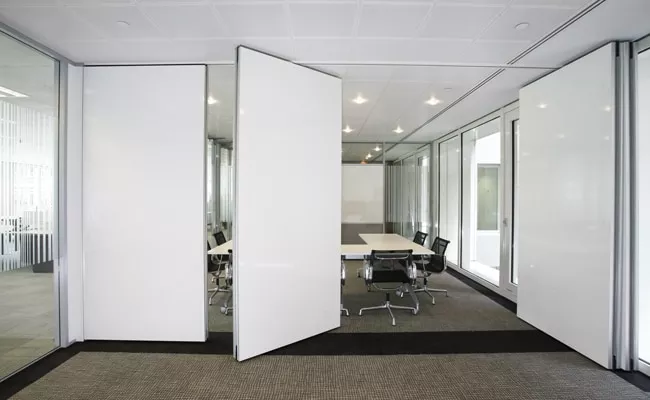How to Build a Landscape Retaining Wall

I will discuss here the ins and outs of building landscape retaining walls of various materials. In many areas a building permit is required for retaining walls so check with your local building department before you start the work. In my Township only walls over 48″ high require a permit but best to check in any case.
There are many, many types of retaining wall materials available today. Field stone, railroad ties, pressure treated ties, brick, inter-locking masonry block that resembles stone, brick, and so on. The different types require slightly different methods of installation but all have some of the same basic concepts. You must start with good solid soil underneath. Do not attempt to build on top of topsoil, wet loam or other soft and pliable ground material. Your wall will simply move with the earth and self destruct over time. If you are dealing with topsoil or soft ground, it will be necessary to excavate and remove this soil to a foot or two below ground level, placement of a good sub base gravel or item material, compaction and then build your folding wall on top of that. A good sub-base will provide you with years of good looking retaining walls with very little maintenance work. In my area a wall less than 4′ high is considered a landscaping item. Over 4′ in height, the building departments wants a permit and drawings. CHECK with them before you build your wall. Multiple levels of retaining walls can create great garden spaces. Seating areas and flower gardens can be created in this way as well.
TOOLS REQUIRED:
Wheelbarrow, sledge hammer, tape measure, pencils, string line, level, 60 penny spikes, 3 /4″ electric drill, wood bits, extension cords, 7 1/4″ electric saw, cheap carbide blades, pointed and square shovels. You will also need extra loose suitable material to back fill your wall as you go. 3/4″ gravel works the best. Several 2′ pieces of either #4 or #5 rebar cut 24″ long. Pin bars, picks, electric demo hammers all can be great assets in making the job easier.
WOOD TIE WALLS
Whether you use 6 x 6 pressure treated ties, railroad ties or other dimensional lumber, they all start with at least one tie below finished grade. Placing one tie below grade will help anchor the bottom of the wall and keep it from sliding out once the back fill material is placed behind it. The first or base tie is the most critical. It should be level, align nicely with the others for the length of the wall and be secured firmly. Once you have set the bottom or base tie in place., using your 3/4″ drill with appropriate sized wood bit for the rebar you have, drill a hole at least every 4 feet along the length of the ties starting at one end and always ending with a hole at both ends. Using your sledge hammer, drive a piece of the 2′ rebar down into the earth until it is level with the top of the tie. This will securely hold the first tie in place. Now place the second level of ties upon the first. Make sure you stagger the joints so no two end joints line up vertically. This is important for wall strength. I also want you to set the 2nd tie back from the front of the bottom tie about 1/4-3/8 inches. This is called “battering”. As each subsequent tie is added, each one will set back the same amount causing a slight backward slope of the face of the wall. In effect it is leaning the wall back into the earth behind it. Once the second row is in place, using you drill, drill pilot holes of sufficient size to allow the installation of your 60 penny spikes. DO NOT try to drive these spikes through a pressure treated tie. You will only bend the spike or crack the tie. Removal of these spikes when they are half driven into the wood is almost impossible. They are also fairly expensive so you don’t want to waste them. Starting at one end, space the spikes 3-4 feet apart, always ending with one on each end of each tie. Once again, as the back fill is placed behind the wall, the pressure will be trying to topple your wall forward. This built-in “lean” will keep your wall nice and solid. Once you have the second tie in place, go ahead and back fill behind the first two ties and in front of the bottom tie. Take some time to cleanup and rocks or other debris that remains underfoot. This will make a safer work area as you proceed upward with the building of your wall.
Depending on the finished height of your wall, you may have to install what are called “dead-men” every few feet along the walls length, every few courses. These are a piece of the tie turned at a 90 degree angle to the wall with a cross piece nailed on the anchor as an additional anchor behind the wall. A piece 3′ long piece with a 2′ cross end piece in the shape of a T, placed behind the wall with the end of the long leg nailed to the wall between ties is what is required. When back filled, this becomes a sold anchoring device for the wall. The pressure now not only has to try and push your battered ties over forward but has to pull the anchor out of solid ground. If done correctly, this is not likely to happen. The outside face of the wall will appear to have a six inch piece of wood every few feet but this is of course the butt end of the anchor piece.
As you proceed upward with each course of your ties, you will back fill each course, lightly tamping the stone to prevent excess settlement and remove any air pockets in the earth behind the wall caused by the excavation. DO NOT be tempted to throw large rocks behind the wall to make the back filling work go quicker. Frost action will push on the large stones and could cause your wall to fail. 3/4″ gravel drains quickly, keeping water that can freeze/thaw away from the back of your wall and small gravel presents a lesser area for the frost to push upon. If your working in a normally wet area, you may want to install a perforated PVC drain pipe behind the first tie taking the end(s) to daylight. If you do use a drainage pipe, cover the pipe with a filter fabric material to prevent silt from washing into the pipe and plugging it. Simply place a small of amount of stone over the pipe, place the fabric over the stone and continue with your ties and back fill gravel as described above.







+ There are no comments
Add yours